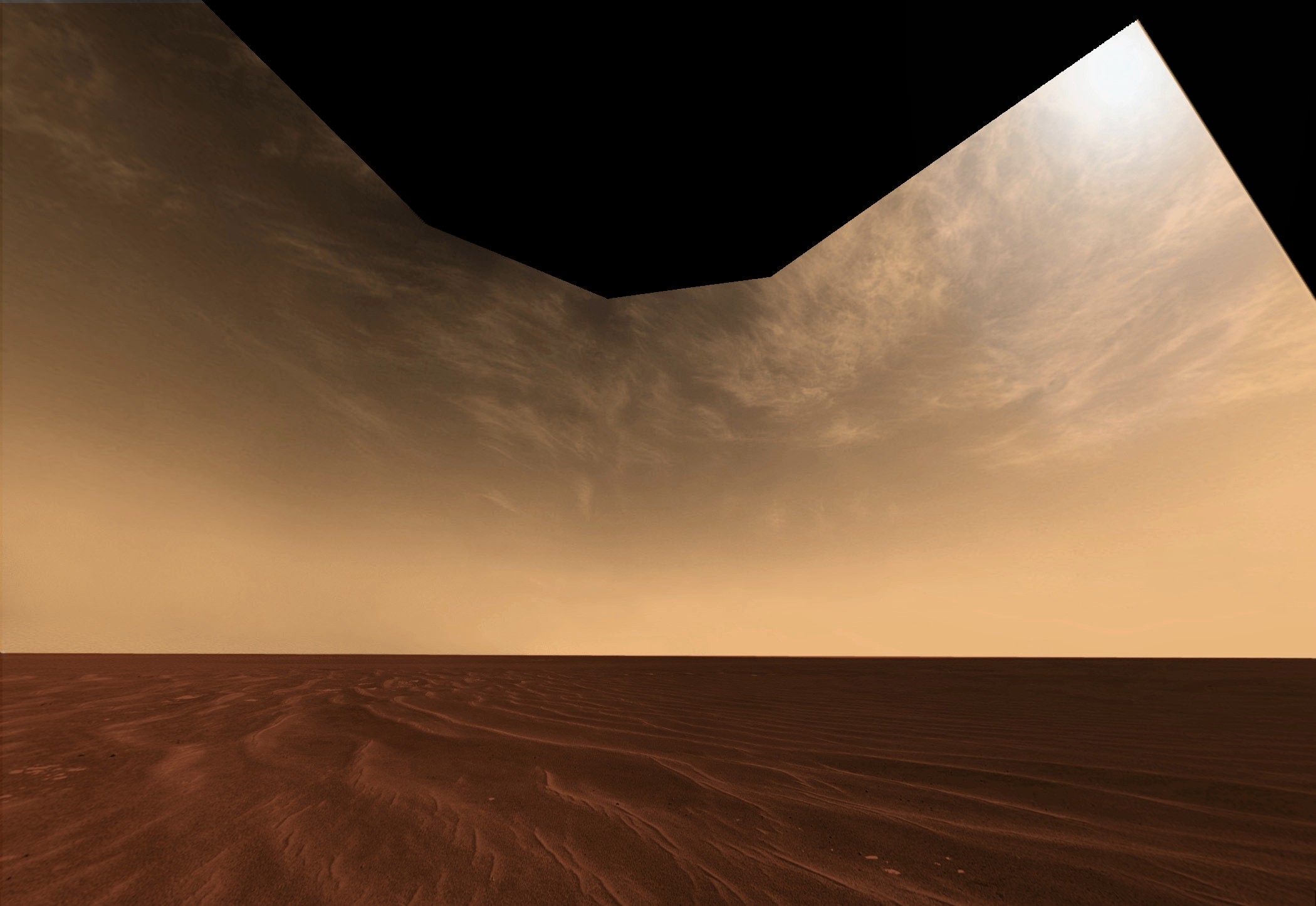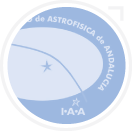WP04. Understanding Mars water cycle & clouds by combining data & models
General Objectives:
- Gather all available observations on water vapor, frost and especially clouds in a unique and consistent dataset
- improve the representation of the water cycle in global climate models
Responsible:
F. Forger (CNRS)
Participants:
IASB-BIRA, CNRS, INAF
Scientific Background:
Mars possesses an active hydrological cycle characterized by large spatial and seasonal variations of water vapor, ice clouds, and surface frost. Understanding this cycle is very importantas it is thought to play a major role in the present-day Mars climate and photochemistry, but also because its variations in the past million years has strongly influenced Mars recent geology (for example by the formation of subsurface ice and clathrates), environment and habitability. Read more.
Scientific Impacts:
UPWARDS will make available to the community several reference datasets:
- A complete climatology of cloud opacities and particle size as retrieved from near IR observations by the OMEGA imaging spectrometer
- A complete climatology of clouds as seen from MEx in the UV allowing mapping of clouds not only above the dark regolith, but also above brighter polar ice caps.

F. Forger (CNRS)
Advancing our understanding of the Mars water cycle by combining existing and new observations with improved climate modelling will have several impacts on Mars research, besides its primary objective.
- First, it will strongly improve climate modelling in general (including our ability to predict the atmospheric thermal structure and winds influenced by water ice clouds) and in particular the models that will be used to perform data assimilation of Mars Reconnaissance Orbiter, MEx and the ExoMars TGO (input for the tools built in the UPWARDS Consortium).
- Second, the accurate description of the water vapour space and time distribution is the key to understand and model Mars atmosphere photochemistry.
- Third, the same processes that control the Martian water cycle today are thought to have completely modified the Martian climate in the past and in particular shaped a part of Mars’ surface. In particular, the Martian climate system is thought to experience large variations related to the oscillations in the parameters of the orbit and rotation of Mars (obliquity) a few millions or even thousands of years ago. These oscillations induced the mobilization and accumulation of large ice deposits in various locations on the planets, and it has been suggested that the greenhouse effect of thicker water ice clouds may have changed the Martian temperatures by several tens of Kelvins. Our study is a necessary step to improve our understanding of these phenomena that affected Mars environment and possibly its habitability.

Preparing the ExoMars mission. As mentioned above, the improved representation of the Mars water cycle will allow an improved modeling and data assimilation of the ExoMars TGO observations of the thermal structure, water vapour, clouds, and photochemical species, which are affected by the OH radicals resulting from the photolysis of water vapour. The data processing tools used to process MEx Near infrared and UV data will also be designed to be applied on TGO NOMAD and ACS data.

































